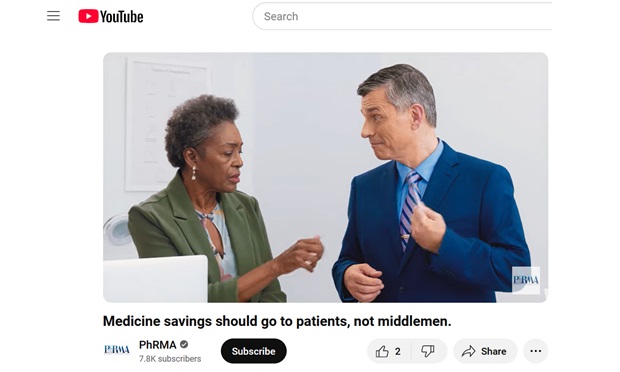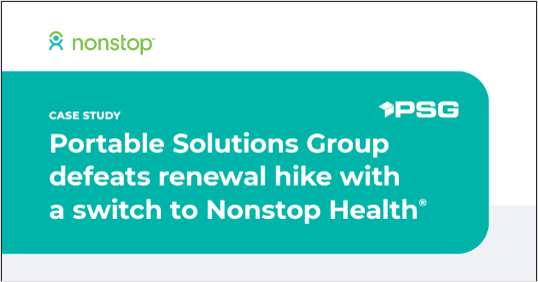Complaints about benefits – no one likes to receive them. As we look toward the future within the Affordable Care Act (ACA), many benefit advisers are bracing for more frustrations and complaints from customers.
Medical coverage options under reform are complex. But advisers can lessen complaints with dental and vision benefits, which are relatively easy to administer within the ACA. Historically we know medical is the #1 employee benefit, but dental and vision are used so often, they are considered valuable staples in benefit packages.
We have heard many misconceptions about the requirements for dental and vision within ACA regulations. Here is the truth:
|- Conditions. Dental and vision benefits sold in stand-alone policies are not subject to most ACA provisions. Only pediatric dental and vision benefits are part of Essential Health Benefit Packages (EHBPs), which are required to be offered to most* individuals and small employers (*unless their medical plans are grandfathered).
- Keep current benefits. Employers are not required to purchase any health coverage for employees and their dependents through a health insurance exchange. Employers may keep their current medical, dental and vision benefits with the same insurance carriers. |
- Today 98 percent of dental benefits are provided through stand-alone dental policies for individuals or families, independent of a medical plan. |
- Stand-alone dental plans are not subject to market reforms, such as the minimum loss ratio, giving advisers an advantage in retaining and expanding their business.
- Employers with 50 or more employees must offer Minimum Essential Coverage that is affordable and meaningful or pay a fine. But this does not include dental or vision.
- Individual consumers choosing not to purchase health benefits may be assessed a small penalty, but it is not clear whether that extends to the purchase of pediatric dental or vision benefits in the small-group market.
- Today 98 percent of dental benefits are provided through stand-alone dental policies for individuals or families, independent of a medical plan. |
- Pediatric essential benefit requirements. Essential Health Benefits (EHBs) must be offered to most* individuals and small groups both inside and outside the marketplace exchanges. |
- Pediatric dental and vision benefits are offered within state insurance exchanges and to most small employers outside the exchanges.
- Medical coverage offered within an exchange must include a pediatric vision and dental benefit. If the same exchange offers a stand-alone dental plan providing the required pediatric dental benefit, the medical plan has the option to exclude that benefit.
- When the pediatric dental benefit is offered in an exchange on a stand-alone basis, employers and individuals are not required to purchase it (by federal law, but a few states may say otherwise).
- Traditional pediatric orthodontia coverage may not be available in state exchanges or EHBPs. Currently only orthodontia declared medically necessary (for example, coverage related to a cleft palate condition) would be covered as an EHB. Children undergoing a traditional orthodontia treatment program that extends beyond 2013 may be impacted significantly, if their care gets covered through an EHBs or exchange. Some may offer additional wrap-around options with pediatric orthodontia coverage, but benefits and providers may differ from existing plans.
- In an exchange marketplace, medical plans with dental or vision coverage likely will cover only children. |
- Adults who purchase pediatric dental and vision coverage for dependents need to purchase separately these benefits to maintain their own health.
- Individuals purchasing individual or small-group dental coverage, either in or outside an exchange, may have to change dentists if their current one does not participate in the plan. Costs for services from a dentist outside a particular exchange plan's network will not apply to a limit on the amount of out-of-pocket costs an insured pediatric member is required to assume before the plan pays in full for covered services.
- Adults purchasing dental or vision through an exchange or EHBP could have different benefit plans than their children.
- Dental and vision embedded in a medical plan may not meet expectations. A medical plan offering dental coverage may seem cheaper (one premium), but likely it has a large combined deductible, and non-preventive dental expenses may not be covered until the medical deductible is satisfied. The high out-of-pocket maximum for medical likely will have to be met before covered pediatric dental or vision would be paid in full by the plan. |
- In this scenario, the dental premium is included in the minimum loss ratio calculation.
- Tax credits and subsidy restrictions. Certain employers with fewer than 25 employees may receive tax credits for medical coverage only. This credit is available only when purchasing within an exchange until 2015. Only individuals who purchase benefits through the public individual exchange can obtain advance premium tax credits to help with premiums. This subsidy will be applied to the medical coverage first and probably will not be large enough to cover stand-alone dental benefit costs.
Compare the Choices
Complete your profile to continue reading and get FREE access to BenefitsPRO, part of your ALM digital membership.
Your access to unlimited BenefitsPRO content isn’t changing.
Once you are an ALM digital member, you’ll receive:
- Breaking benefits news and analysis, on-site and via our newsletters and custom alerts
- Educational webcasts, white papers, and ebooks from industry thought leaders
- Critical converage of the property casualty insurance and financial advisory markets on our other ALM sites, PropertyCasualty360 and ThinkAdvisor
Already have an account? Sign In Now
© 2024 ALM Global, LLC, All Rights Reserved. Request academic re-use from www.copyright.com. All other uses, submit a request to [email protected]. For more information visit Asset & Logo Licensing.








